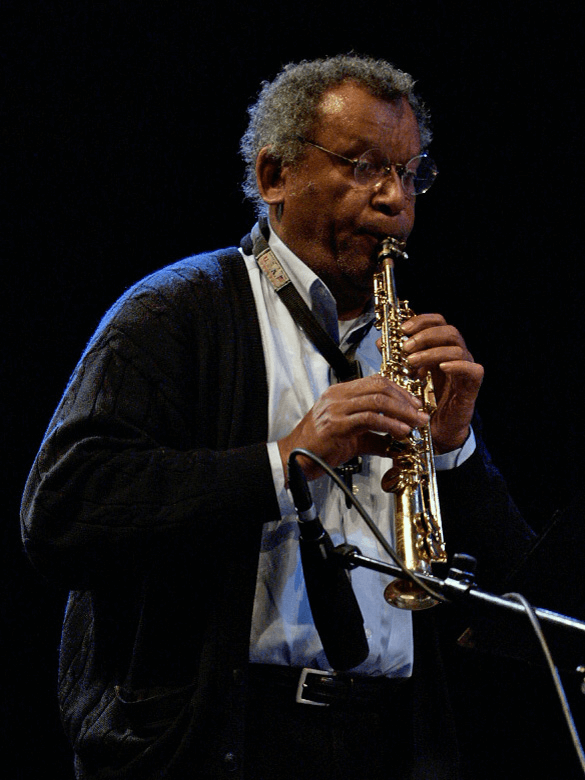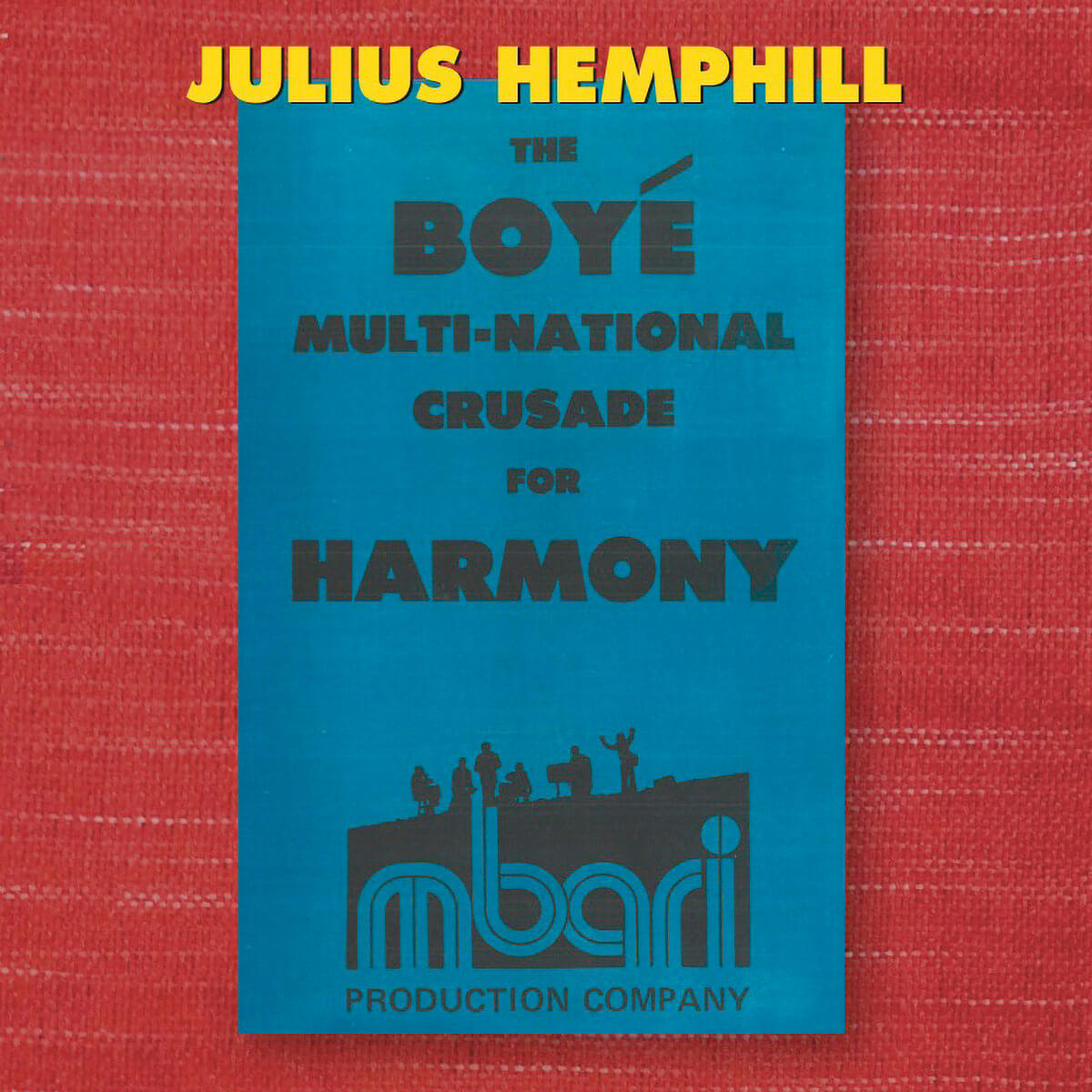Pretty much since the start, there’s been a debate over just what jazz is. The etymology of the term is itself unclear. Jazz was first called “jas” and “jass,” and those look to be connected to the mid-19th century slang “jasm,” (yes, you know what that is) transmuted in a 1916 article in the Daily Californian to “jaz-m.” Close by is the Razzy Dazzy Spasm Band, which played Storyville during the 1890s. They didn’t play jazz as we know it, nor is it likely they played what we might hear today as Dixieland or “trad” style, but they were one of the roots of what became “jass” and jazz.
What are the elements of the music, what makes it what it is? Louis Armstrong famously answered the question by saying “If you have to ask what jazz is, you’ll never know,” which is great but also glib, and Armstrong also didn’t hear bebop as jazz, he hated it. The music is still, in the scheme of things, young, only about 100 years old. But coming into a dynamic, media-based cultural scene, and based on improvisation, jazz has gone through growth and a series of innovations that set it apart from every other musical art form. In its 100 years, it has gone through at last four major revolutions and incorporated elements of every other music it touches on in American culture. There’s nothing like it. There’s nothing in music as hard to define.
Rather than a sound or a style, I try and hear jazz as a language and a practice. The language is one of the sounds of jazz, the way musicians articulate phrases and rhythms. One of those articulations is swing, and for too long that was seen as essential to jazz—the Armstrong bias. But we’ve had 50 years of post-Bitches Brew music making, and the swing era itself was far shorter, proof that swing isn’t necessarily the thing. But like with the playing of Steve Lehman and Rudresh Mahanthappa, you can have rhythmically driving articulation that’s still jazz, straight eighth-notes that are attacked with a drive that pushes the time forward, swing the way a bass player handles it.
Free jazz has often eschewed clear jazz language, but it’s a jazz practice, a way for musicians to approach and develop the music. Not all free improvisation is jazz; I think improvisation that seeks a certain form is jazz, so that Cecil Taylor is jazz, while Keith Jarrett often is, but not always, even inside the context of one of his improvised concerts where one minute he’s creating a chord sequence that sounds like standard song form, while another he’s playing spiky, dissonant lines that are like Bartók. This is why I don’t think of Gershwin as a jazz composer. A wonderful classical composer who used the coloration of jazz language in a convincing way in the classical context—not an easy thing to do—but not jazz per se. That’s okay, because the word “jazz” doesn’t automatically make something better, or even good. Like the man said, there’s two kinds of music, the good kind, and the other kind.
That’s a long introduction to two monumental recordings out this year that mark extant points of where jazz is and can be, even while challenging the definition of the music: Anthony Braxton’s Quartet (Standards) 2020, a 13-CD box put out by the Tri-Centric Foundation, and New World Record’s compilation of archival recordings of the playing and composing of Julius Hemphill, The Boyé Multi-National Crusade for Harmony. The close timing of these releases is coincidental to the contrasts between two important and deeply influential musicians, and how they approached jazz language and traditions.
Marty Ehrlich’s devoted and insightful notes to the Hemphill box begin with just that premise. He quotes Hemphill’s response, in a BOMB magazine interview, to the rise of neo-conservatism in jazz in the 1990s: “Well, you often hear people nowadays talking about the tradition, tradition, tradition. But they have tunnel vision in this tradition. Because tradition in African-American music is wide as all outdoors.” Simply put but profound, the concept encompasses everything from Hemphill’s role in the great World Saxophone Quartet, his fantastic big band, his own chamber music composing, Sun Ra, and even bands like Cameo that put together sophistication, funk, intelligence, and weird-assed goofiness into a seamless package that is dazzling and disorienting—music that almost makes one’s hearing agoraphobic.
The Boyé 7-CD box is built around a substantial core of group improvisations, in the studio and live. Some of this music is completely free, built spontaneously in every moment in real time, while other examples are guided by themes, or sectional forms, but propelled and filled in by improvisation. This stuff is historic in two ways: none of it has been heard by the general public until now, and it captures the ferment of the late loft scene in New York City, musicians coming together in semi-private spaces to figure out how to rebuild and rewrite a language that had, for a time in the late ‘60s to mid ‘70s, fractured into rock, free, funk, and more traditional styles.
Playing with extraordinary peers like cellist Abdul Wadud, trumpeter Olu Dara, fellow saxophonist Ehrlich, and solo, one can hear Hemphill put together a language that has deep folk feeling, even deeper than the blues which always runs through it. Hemphill always sounded of the earth, of a place, an external landscape filled with the details of daily life. Even in freest flight, his playing always communicates, one primarily hears ideas, statements, questions. The word “free” obscures that Hemphill is always connecting one note to the next in a meaningful way, there’s no existential angst, he’s not trying to shout at the universe through squawks and smears. Although his saxophone playing is very different, this marvelous box shows him as following a similar path as that of Albert Ayler, going back in his mind to a time before “jazz” and “jass” and “jaz-m” and finding a new dialect, outside of swing and bop and the rest, with which to explain his meanings to the listener. That he expanded the jazz tradition, that he made a new space in which other musicians reside, is exactly the point.
The title of Braxton’s new collection defines the content, and one of the multi-instrumentalist’s and composer’s long-standing concerns—digging into and taking apart the jazz tradition in its modern incarnation, from the outside in. Braxton has been a controversial figure, and his body of work is so vast that it’s hard even for devotees to outline clearly. He’s also developed a cultish following among some musicians, who treat everything as revelatory even through the quality of Braxton’s playing and composing is wildly uneven.
I think Braxton is best heard as a true experimentalist, he tries stuff out in no small part to see what will happen. This is invaluable, and also means that not all experiments will pay off, which further means that failures can be just as important as successes. He’s led some tremendous small groups, composed some expressive, exciting, and meaningful music, and he’s also made some insultingly simplistic pieces and, recently, operas that are dull, obscurantist, and childish in their conception. He presents everything with the same coy seriousness, and that can be maddening.

This enormous set of interpretations of standards—67 extensive tracks—is maddening in a good way. There is so much music, and so much of it is so fascinating, it’s easy to get sucked in. In fact, it’s better to get sucked in. Braxton’s language is so particular that it can feel peculiar in small doses, even down to his tone, which takes the quiver of Warne Marsh to an extreme. His playing can sound free, but it’s not, he’s on record as saying, “The last thing I’m interested in is existential freedom.” Instead, he’s working (with pianist Alexander Hawkins, bassist Neil Charles, and drummer Stephen Davis) from inside the tradition, questioning every facet, pushing tunes like “Why Shouldn’t I?” as far as they can go while still being identifiable, with blurry hyperarticulations over the placid beat of the rhythm section. Quartet (Standards) 2020 asks in every moment, is this jazz? The answer, always, is “yes.”
Author
-

George Grella wrote the book on Miles Davis’ Bitches Brew. He write other stuff too. killyridols.substack.com/
View all posts
George Grella wrote the book on Miles Davis’ Bitches Brew. He write other stuff too. killyridols.substack.com/










